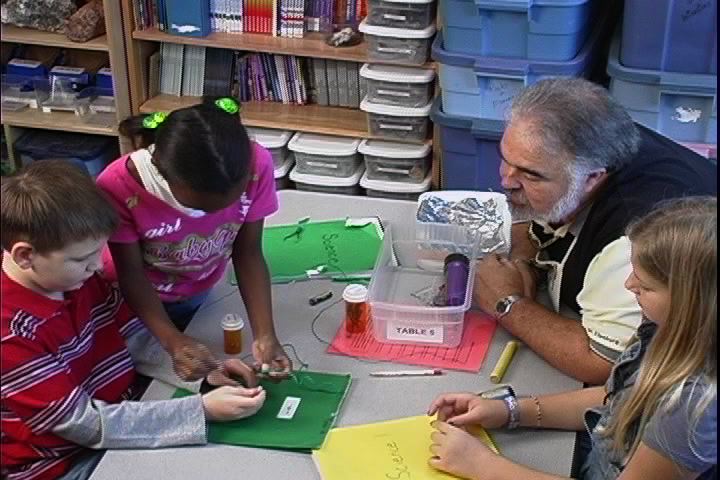

People share great things with me from time to time and I want to pass this great one on. Ed Olson-Moore is the 8th grade Science Department Co-Chair at Meadowbrook Middle School in Orlando and sent this great butterfly house to share. Below are the directions and explanation in Ed's own words:
Here are the pictures of the butterfly enclosure. The enclosure is 27” H x 23” W X 15” D; the frame is thin wall PVC from an old clothes hamper. PVC window screen can be hot glued or hot ironed on with a soldering iron. It sits on a counter top. You need to put down newspaper below it to take care of caterpillar droppings.
Students bring in a few caterpillars with a section of host plant. If more host plant is needed, they bring in more from the same plant, to eliminate using plant material that has been sprayed. Last year I brought in a milkweed plant that I purchased at a nursery, and the only caterpillar that survived to metamorphose was the one that stayed on the small piece of original host plant material. (I’ve learned my lesson!)
The plant stem is recut and immediately placed in a container of water, which is then placed inside the enclosure. I now have a mesh cover on the water jar because a large Imperial Moth caterpillar, which grew from eggs that were laid in the enclosure, travelled down the stem and held on, even under water. I found it and managed to pull it off, but it died a few days later.
The pupal and adult stage pictures are of the Spicebush Swallowtail Butterfly.
We have had a few butterfly and moth caterpillars metamorphose in our enclosure, including the Gulf Frittary, Monarch, and Oleander Moth. After the butterflies/moths emerge, they are kept in the classroom for a day, then released, so all my students get a chance to see them. When we are housing caterpillars or pupal stages, my students check on them, on a daily basis, as they walk into the classroom.
Thanks to Ed for sharing this with all of us!

























No comments:
Post a Comment